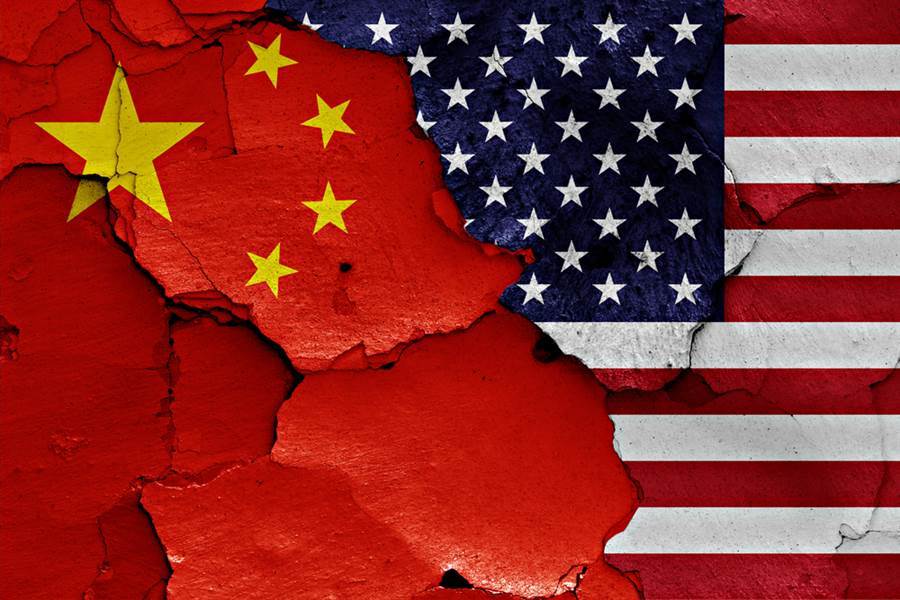
Since the U.S.-China trade deal went into effect in February, mainland China has begun to fulfill its promise to treat foreign businesses the same way it treats domestic Chinese businesses, and to implement protections for intellectual property rights, strengthen foreign technology transfer policies, ease restrictions on foreign investment, and increase purchases from the U.S., all of which is causing President Donald Trump’s approval ratings to reach a new high since taking office. Trump has even publicly praised China’s proactive implementation of the trade agreement, although he has also called for China to fulfill its pledge to import $76.7 billion from the U.S. this year in time for the November election.
The new coronavirus hit the U.S. economy hard, with U.S. economic growth being only 0.3% in the first quarter and a possible double-digit recession predicted in the second quarter. More than 30 million people have applied for unemployment benefits, and the unemployment rate reached 14.7% in April. The epidemic has caused Trump’s approval rating to drop, already causing him to fall behind Democratic presidential candidate Joe Biden and further diluting any effects of the U.S.-China trade deal.
To deflect attention from criticism about the sluggish domestic economy, Trump has again lashed out against China, and economic friction between the U.S. and China are escalating once more. Trump has accused China of being the source of the coronavirus infection, and has declared that China must be punished and compensate the U.S. for losses, adding that he is considering imposing additional punitive tariffs on China. The United States is currently imposing tariffs on about two-thirds of China’s imports, and in the future, in addition to raising tariff rates, the U.S. may also expand their scope. Trump has also carried out a full-scale siege on mainland China, demanding detailed assessments on whether foreign participation in the U.S. telecommunications industry poses national security risks, banning other countries from buying any 5G infrastructure equipment from Huawei, refusing to pay China the interest held on $1.1 trillion in U.S. public debt, and even vehemently advocating that China be limited in its sovereign immunity as a way to compensate for losses from the virus.
Although the United States and China have resumed communication and announced their intention to implement trade agreements to mitigate the antagonistic situation, Trump recently again declared a one-year extension of his executive order banning Huawei and ZTE telecommunications products, as he continued to expand the regulation of links in the supply chains of Chinese companies. Although China is unhappy with the United States’ approach of “appeasing with one hand while holding the sword in the other,” there is nothing it can do.
With the economy not yet at rock bottom but with no recovery in sight, domestically, Trump is now pushing through a $2.2 trillion relief package, while internationally, he is playing the “China card” and toughening various measures against China. Both Trump and Biden are wrestling for authority in anti-China policies. Trump has accused Biden of leaning toward and having a soft stance on China. Only Trump can effectively keep China in check and bring industries back to America, as exemplified by the massive publicity surrounding TSMC’s forthcoming investment in the United States. Biden, on the other hand, is working to distance himself from appearing to be pro-China, while at the same time charging that Trump’s policy on China is hurting the U.S. economy. The fireworks between the two sides on the China issue is not expected to wane before the election.
Regardless of the outcome of the U.S. presidential election, long-term economic conflict between the U.S. and China is inevitable. The United States is unlikely to waive tariff increases on China until the U.S. and China have reached a phase-two trade agreement. Tariffs have become the most convenient tool for the U.S. to use against China. Under the constant threat of the U.S. raising tariffs on Chinese goods, the movement of Taiwanese businesses out of China will accelerate, changing the nature of the connections between cross-strait investment and the trade triangle between the United States, China, and Taiwan.
The author is the director of the Regional Development Study Center of the Chung-Hua Institution for Economic Research.

Leave a Reply
You must be logged in to post a comment.